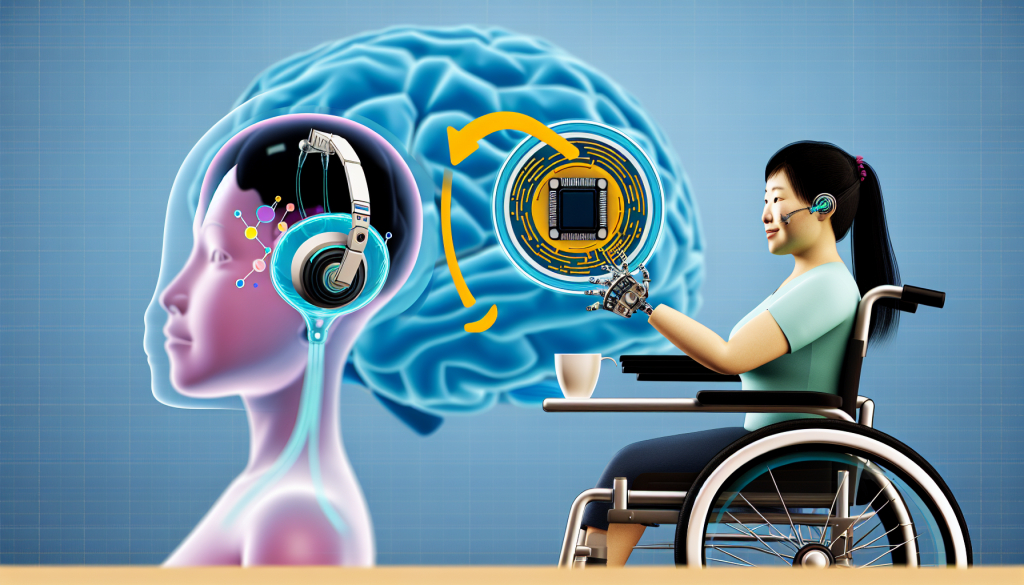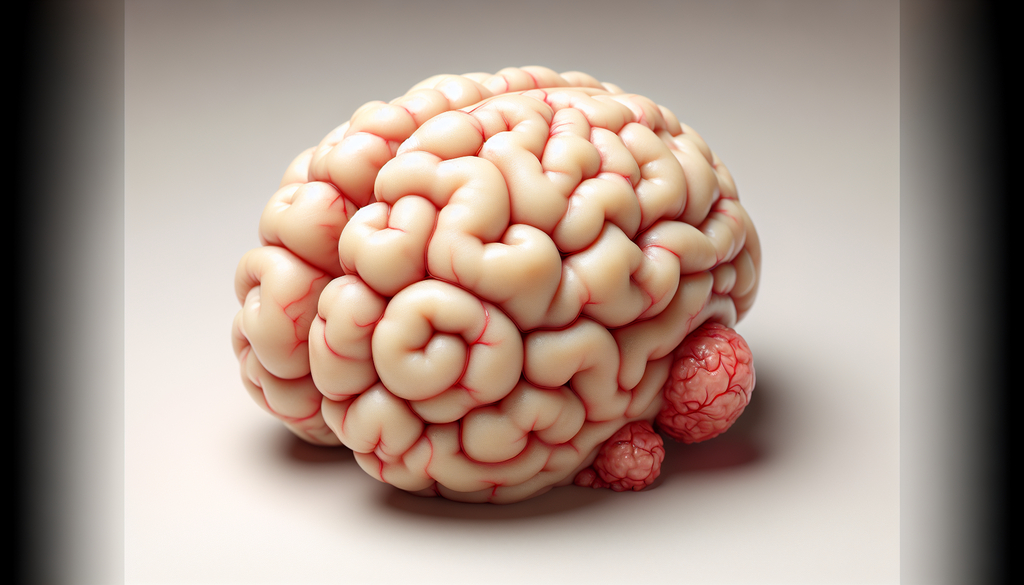Developing a Simulated Feeling of Touch

Health Capsule
Scientists are making progress in giving bionic limbs the ability to simulate the sense of touch. Their aim is to help users better control and physically connect with robotic hands and arms. While earlier advancements allowed people to detect the strength and position of a touch, this latest work seeks to recreate more detailed sensations, such as the feeling of edges and motion.
In recent experiments, the researchers tested the new approach with two individuals who had spinal cord injuries that disrupted nerve signals between the hands and brain. To bypass this damage, the team implanted small electrodes directly into the part of the brain associated with processing complex sensations from the hands.
By stimulating the brain with specially designed electrical signals, the team was able to evoke a variety of touch experiences in the volunteers. These included recognizing shapes, feeling edges, and even simulating the use of several fingers at once. With this technology, participants were able to mimic the sensation of picking up a pencil, holding a can, or grasping a ball. In one test, a participant used the feedback from the electrodes to rotate a wheel based on the sensation of motion.
“This research goes farther than previous efforts in brain-computer communication,” said Dr. Giacomo Valle, the lead researcher from the University of Chicago and Chalmers University of Technology in Sweden. The team notes that more studies are needed before moving forward with broader clinical testing.
